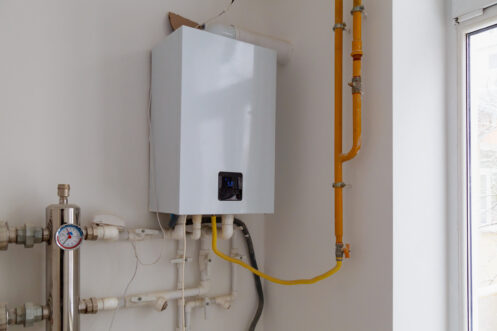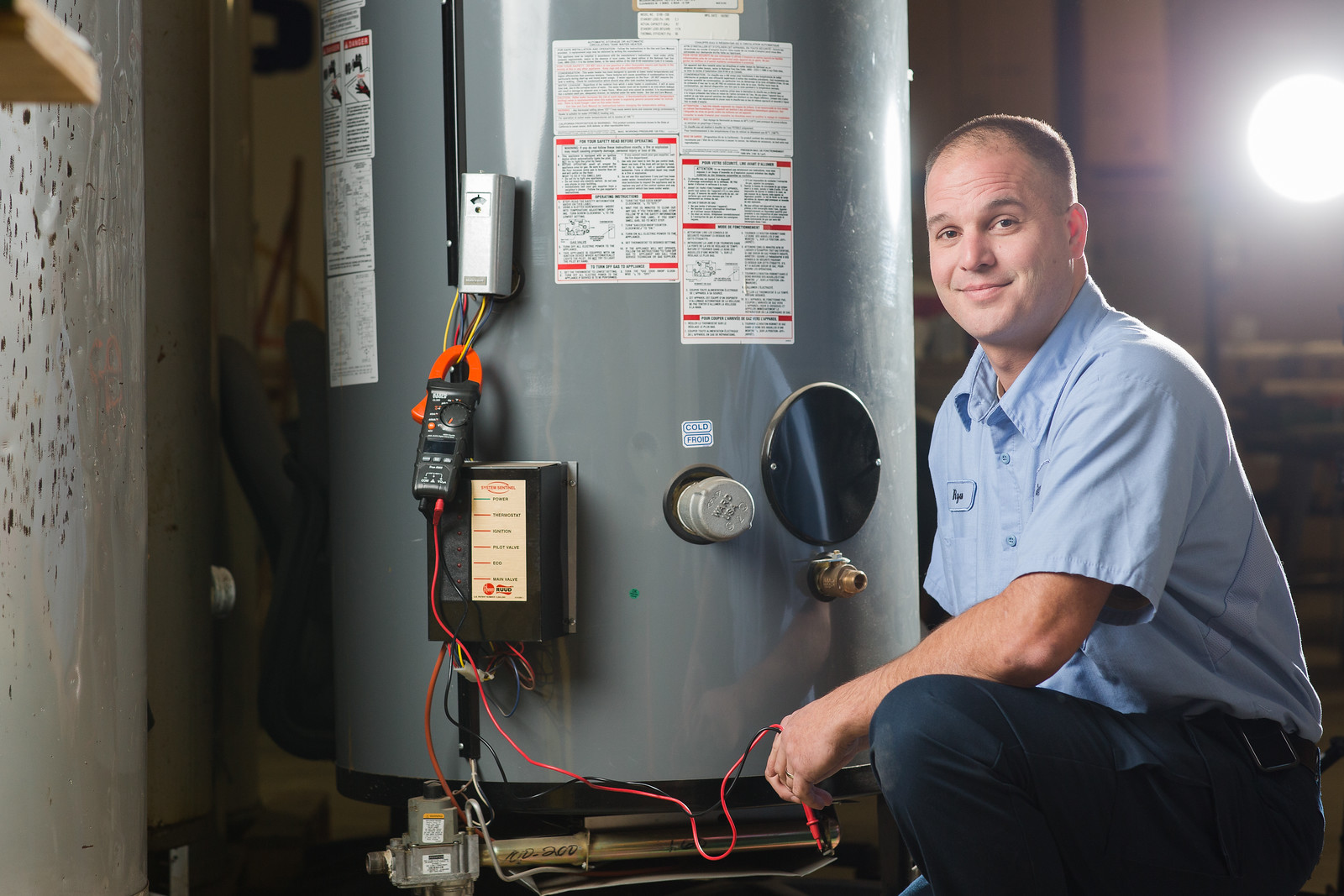Essential Care Techniques for Your Home's Hot Water System
Essential Care Techniques for Your Home's Hot Water System
Blog Article
How do you feel with regards to How to Maintain a Hot Water Heater in a Few Simple Steps?

Warm water is important for daily convenience, whether it's for a revitalizing shower or washing dishes. To ensure your hot water system runs effectively and lasts longer, regular upkeep is vital. This write-up gives useful suggestions and insights on just how to preserve your home's hot water system to prevent disruptions and pricey repairs.
Intro
Maintaining your home's warm water system may seem daunting, yet with a couple of basic steps, you can ensure it runs smoothly for several years to find. This guide covers every little thing from comprehending your hot water system to do it yourself maintenance ideas and knowing when to call specialist assistance.
Importance of Preserving Your Hot Water System
Routine maintenance not only prolongs the life expectancy of your warm water system but additionally ensures it operates efficiently. Disregarding upkeep can bring about reduced performance, higher power bills, and even early failure of the system.
Indicators Your Warm Water System Demands Upkeep
Understanding when your warm water system requires attention can stop significant issues. Watch out for indications such as irregular water temperature level, odd sounds from the heating unit, or corroded water.
Comprehending Your Hot Water System
Before diving right into upkeep jobs, it's useful to comprehend the fundamental elements of your warm water system. Normally, this includes the hot water heater itself, pipelines, anode poles, and temperature level controls.
Regular Monthly Maintenance Tasks
Routine regular monthly checks can help catch small issues prior to they rise.
Flushing the Water Heater
Flushing your water heater removes debris build-up, enhancing efficiency and extending its life.
Checking and Changing Anode Rods
Anode poles stop deterioration inside the storage tank. Checking and changing them when worn out is vital.
Examining and Readjusting Temperature Level Setups
Readjusting the temperature level settings ensures optimum efficiency and safety and security.
Do It Yourself Tips for Upkeep
You can execute numerous maintenance tasks yourself to keep your hot water system in leading problem.
Checking for Leaks
Frequently check pipelines and connections for leaks, as these can lead to water damages and greater bills.
Testing Pressure Relief Valves
Testing the stress safety valve ensures it functions appropriately and stops too much stress accumulation.
Insulating Pipelines
Protecting hot water pipelines lowers heat loss and can conserve power.
When to Call an Expert
While DIY maintenance is beneficial, some concerns need professional knowledge.
Complex Issues Calling For Expert Help
Instances include significant leakages, electrical troubles, or if your hot water heater is continually underperforming.
Routine Specialist Maintenance Benefits
Specialist maintenance can consist of detailed assessments, tune-ups, and ensuring conformity with safety criteria.
Final thought
Regular upkeep of your home's hot water system is important for performance, durability, and price savings. By following these ideas and knowing when to look for expert aid, you can make sure a dependable supply of warm water without unexpected disturbances.
How to Maintain an Instant Hot Water Heater
Before tinkering with your hot water heater, make sure that it’s not powered on. You also have to turn off the main circuit breaker and shut off the main gas line to prevent accidents. Also turn off the water valves connected to your unit to prevent water from flowing into and out of the appliance. 2. When you’re done, you have to detach the purge valves’ caps. These look like the letter “T†and are situated on either side of the water valves. Doing so will release any pressure that has accumulated inside the valves while at the same time avoid hot water from shooting out and burning your skin. 3. When the purge valves’ caps are removed, you have to connect your hosing lines to the valves. Your unit should have come with three hoses but if it didn’t, you can purchase these things from any hardware or home repair shops. You can also get them from retail stores that sell water heating systems. Read the user’s manual and follow it to complete this task properly. When the hosing lines are connected, open the purge port’s valves. 4. You should never use harsh chemical cleaners or solutions when cleaning your unit. Make use of white vinegar instead. It should be undiluted and you’ll probably use about 2 gallons. 5. Now flush your water heater. This task should probably take about 40 minutes. We can’t give you specific directions for this because the procedure is carried out depending on the type, model and brand of your heater. With that being said, refer to the user’s manual. 6. When you’re done draining the unit, you have to turn off the purge port valves again. Remove the hosing lines that you earlier installed on each of the water valves. Put the valve caps (purge port) back in their respective places and be very careful so as not to damage the rubber discs that are found inside these caps. 7. Now that everything’s back in place, check your user’s manual again to find out how to reactivate your water heating system. 8. Once it is working, turn one of your hot water faucets on just to let air pass through the heater’s water supply pipes. Leave the tap on until water flows smoothly out of it. https://www.orrplumbing.com/blog/2014/september/how-to-maintain-an-instant-hot-water-heater/

I am just very fascinated with What Kind of Maintenance Do Water Heaters Need? and I'm hoping you enjoyed reading the blog post. Do you know somebody else who is fascinated with What Kind of Maintenance Do Water Heaters Need?? Why not share it. I am grateful for your time. Don't forget to visit our blog back soon.
Browse Our Site Report this page